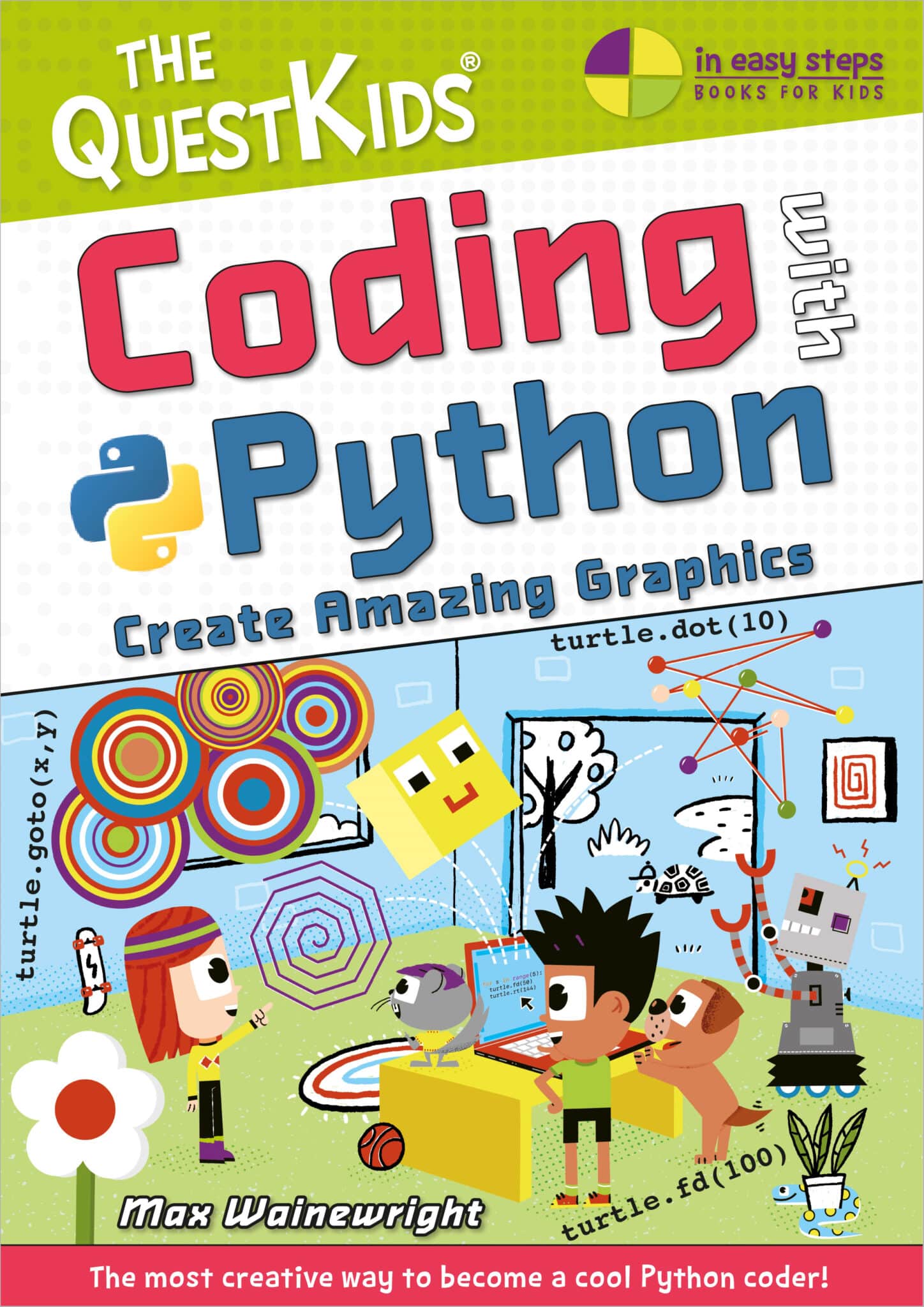Access all In Easy Steps books for just £5 a month
Menu
Access all In Easy Steps books for just £5 a month
Home What is Python?
June 12, 2023
Python is a high-level (human-readable) programming language that is processed by the Python “interpreter” to produce results. Python includes a comprehensive standard library of tested code modules that can be easily incorporated into your own programs.
Python is derived from many other languages, including C, C++, the Unix shell and other programming languages.
The basic philosophy of the Python language is readability, which makes it particularly well-suited for beginners in computer programming, and it can be summarized by these principles:
As Python is intended to be highly readable, it uses English keywords frequently where other languages may use punctuation. Most significantly, it uses indentation to group together statements into code “blocks”, whereas other languages may use keywords or punctuation for this purpose. For example, in the Pascal programming language, blocks start with the keyword begin and end with the keyword end, and in the C programming language, blocks are enclosed within curly brackets ({ } braces).
Grouping blocks of statements by indentation is sometimes criticized by programmers familiar with languages that group by punctuation, but the use of indentation in Python certainly produces code that has an uncluttered visual layout.
Some of Python’s key distinguishing features that make it an attractive choice of language for the beginner include:
So, it’s ideal for the beginner coder!
Get started with Python with these In Easy Steps books:

£6.99 ebook / £11.99 paperback
By: Mike McGrath
ISBN: 9781840789751

£6.99 ebook / £10.99 paperback
By: Mike McGrath
ISBN: 9781840788129

£7.99 ebook / £9.99 paperback
By: Max Wainewright
ISBN: 9781840789577
Our newsletters inform you of new and forthcoming titles, handy tips, and other updates and special offers. You can opt out anytime.
"*" indicates required fields
By In Easy Steps Team
Share
In Easy Steps Ltd 16 Hamilton Terrace Holly Walk, Leamington Spa, Warwickshire, CV32 4LY, UK.
Join as a member and get access to all of our books in digital format for just one small monthly fee.
Copyright © 2024 In Easy Steps Ltd. All Rights Reserved.
Would you mind giving us your feedback or reason of cancelling the subscription?
"*" indicates required fields